[Photo Sparks] The AFD visual tour: how to use creative approaches to tackle climate change
PhotoSparks is a weekly feature from YourStory, with photographs that celebrate the spirit of creativity and innovation. In this showcase, we feature some of the amazing visual creativity at the ‘60 Solutions’ photo exhibit on climate change at the Rangoli Metro Art Centre on Bangalore’s bustling MG Road!
In the earlier 50 posts, we brought you a wide range of creative photographs from an art fair, world music festival, painting fair, telecom expo, art museum, mobile showcase, math museum, social hackathon, bookstore, co-working space, sensorium, international design week, flower show, outdoor ads, startup roadshow, computer museum, startup T-shirts, business cards, art therapy, startup festival, Diwali rangoli, Vesak, jazz festival, modern art gallery, ecopreneurs, painter-poets, health activists, eNGOs and digital innovators.
French development agency AFD along with the Indian government hosted a provocative exhibition of posters by legendary photographer Yann Arthus-Bertrand. Each poster was accompanied by narrative on climate challenges and responsive measures around the world. Join us in this photo tour of the Bangalore exhibit, which showcases the glory of nature, the damage caused by skewed development and urbanisation, and how cities around the world are tackling these problems. Creative energy harnessed for entrepreneurship is great, but we now need creative solutions on a global scale to overcome humanity's most pressing problems.
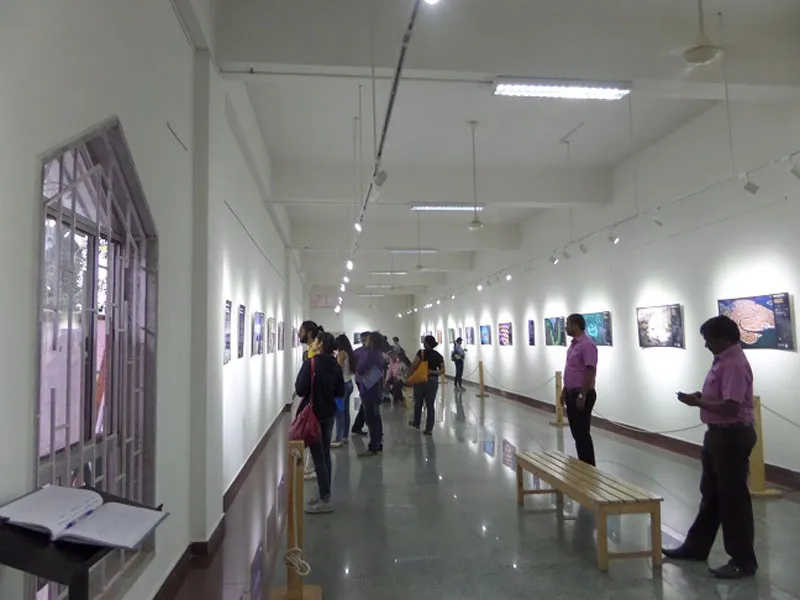
Indo-French collaboration on climate change awareness: photo exhibit in Bangalore; September 2015
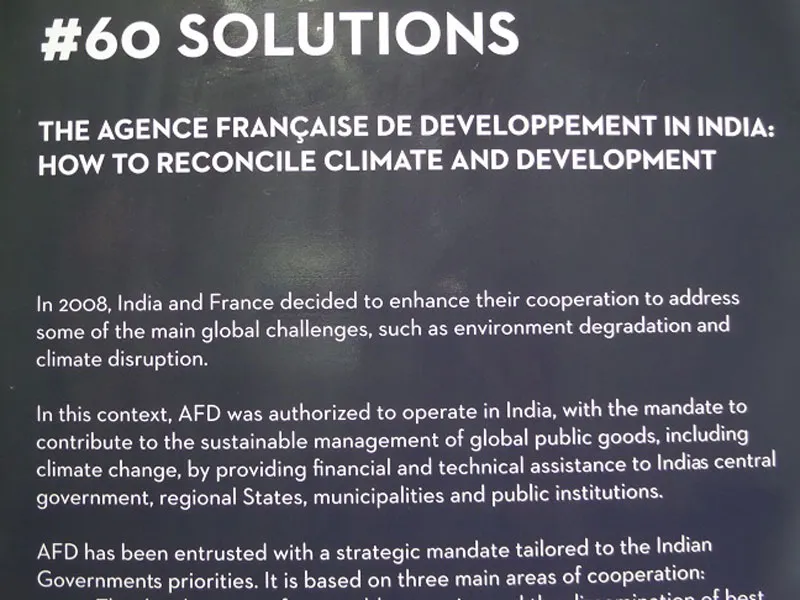
The ‘60 Solutions’ global visual tour by the Good Planet Foundation (also see Twitter hashtag #60Solutions for updates from around the world)

Shangai’s Pudong district: all eyes are on Asian giants China and India – will their economic rise lead to ‘green cities’ and smart cities, and not just mega-cities?
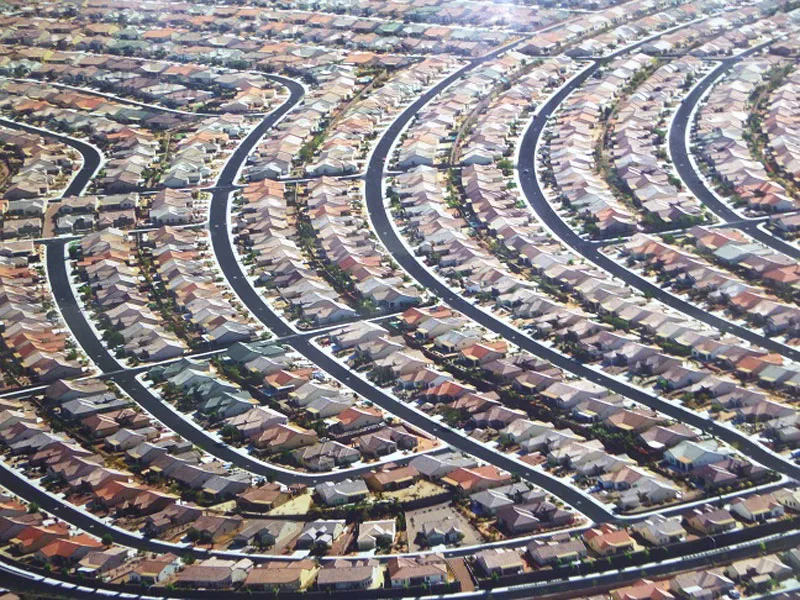
Las Vegas susburbs: the model of suburbs with only ‘one house, one car’ is not sustainable; public and shared transportation will play a major role in reducing carbon footprints (see my book review of the ‘sharing economy’ in Robin Chase’s ‘Peers Inc.’)
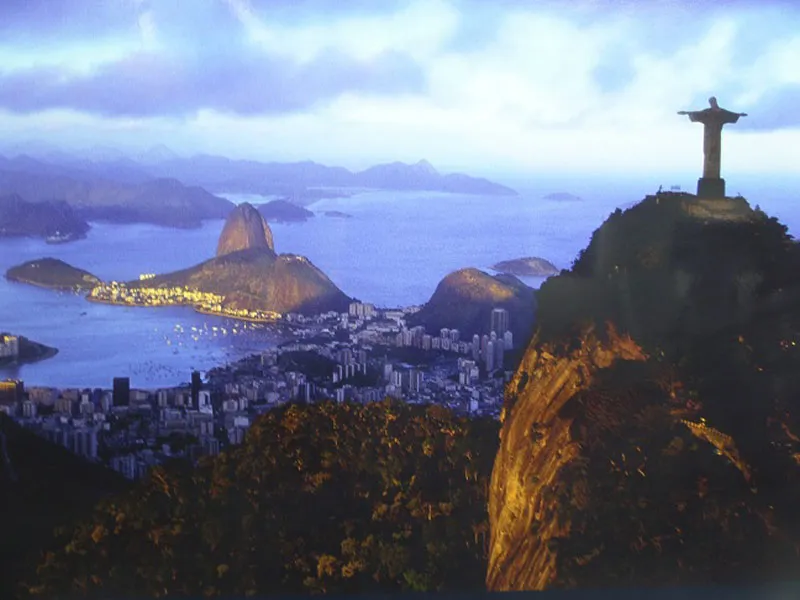
Urban transporation: Rio de Janeiro launched its subway system in 1979, and it now transports 1.1 people each day, helping reduce street traffic congestion.
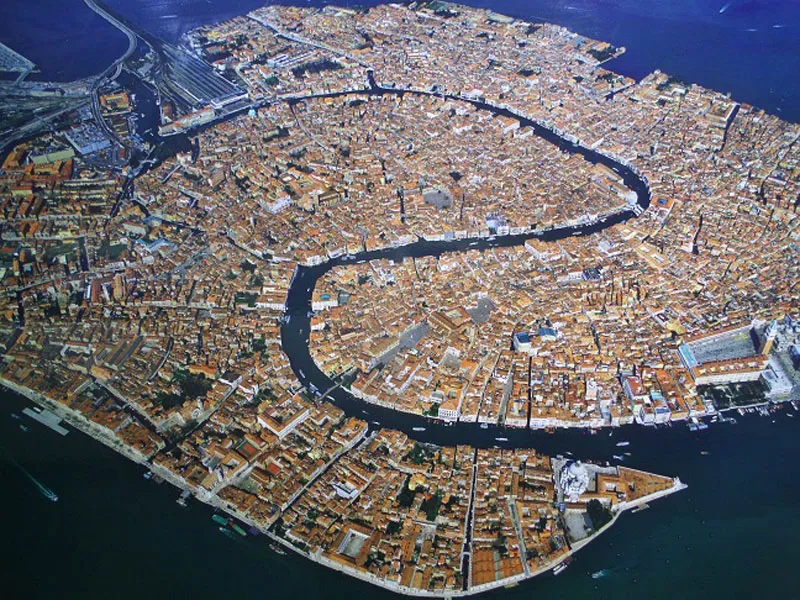
Venice, Italy: From Venice to Villingilli in the Maldives, global warming threatens to flood low-lying islands and seaside urban habitats.
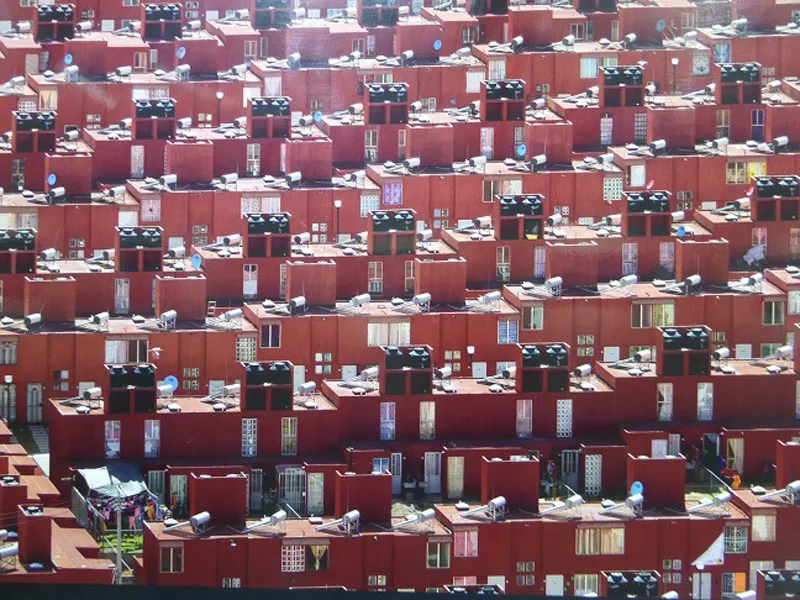
Veracruz, Mexico: Tropical and equatorial countries are stepping up the use of solar energy for home heating and electricity.
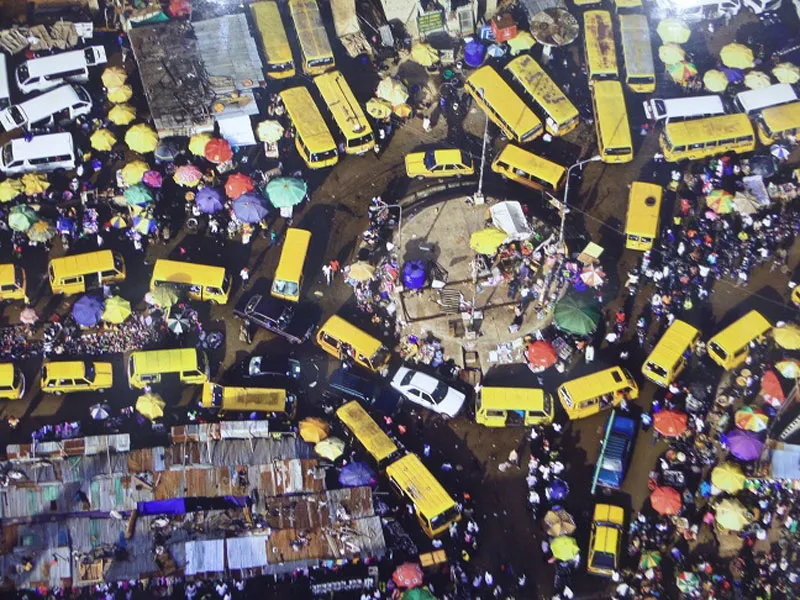
Lagos, Nigeria: If you can’t build a subway system, you can still do a lot with bus rapid transit systems with dedicated and exclusive bus lanes.
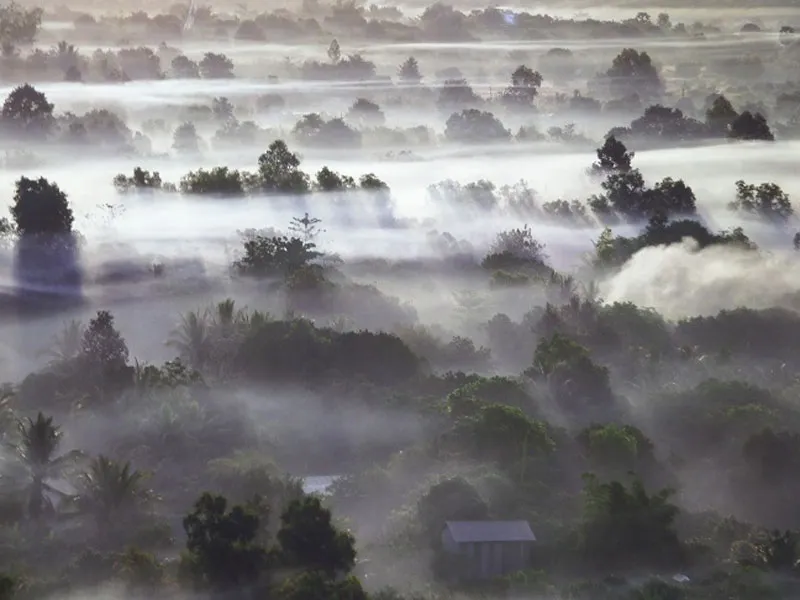
Fog + smog, Cambodia: Seasonal fluctuations can make urban pollution even worse, with a lethal mix of vehicular exhaust and precipitation.
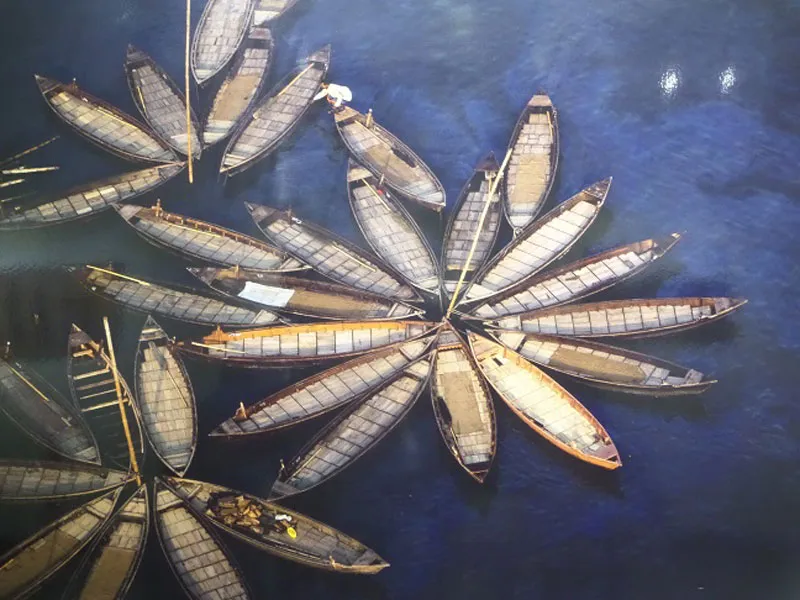
Buriganga river, Bangladesh: Polluted rivers harm water supplies – and fishermen’s livelihoods.
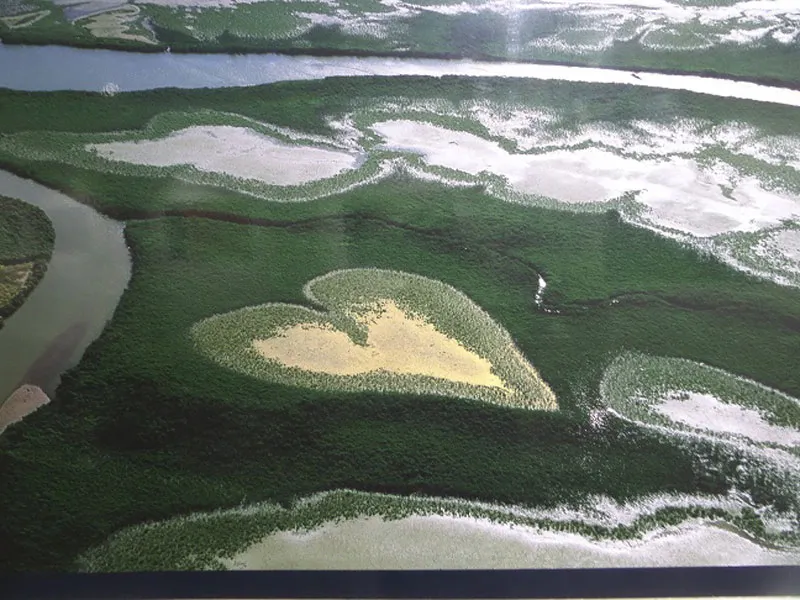
Mangroves: The Amazon rainforest and mangrove swamps like the sunderbans are bio-heritage resources of our planet – but are facing the brunt of human expansion.
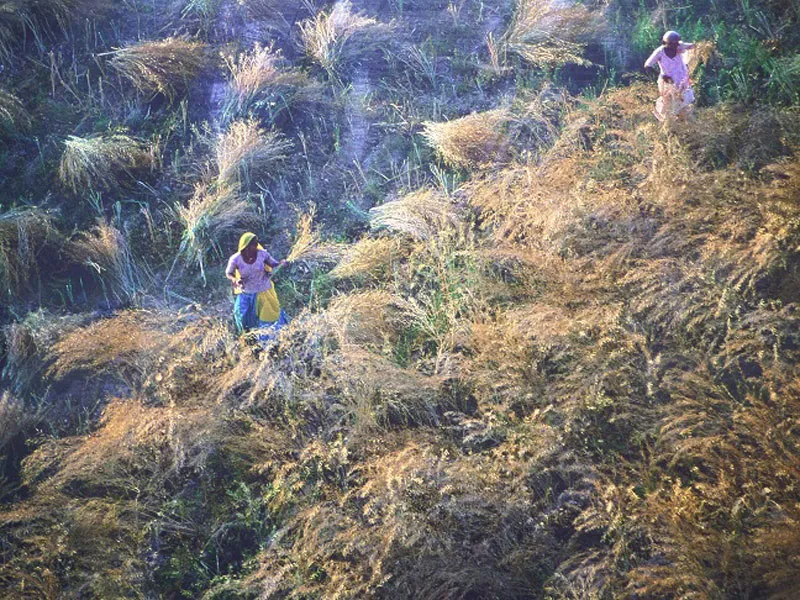
Farmers in Rajasthan: how can India cope with the irregularities of the annual monsoon rains?
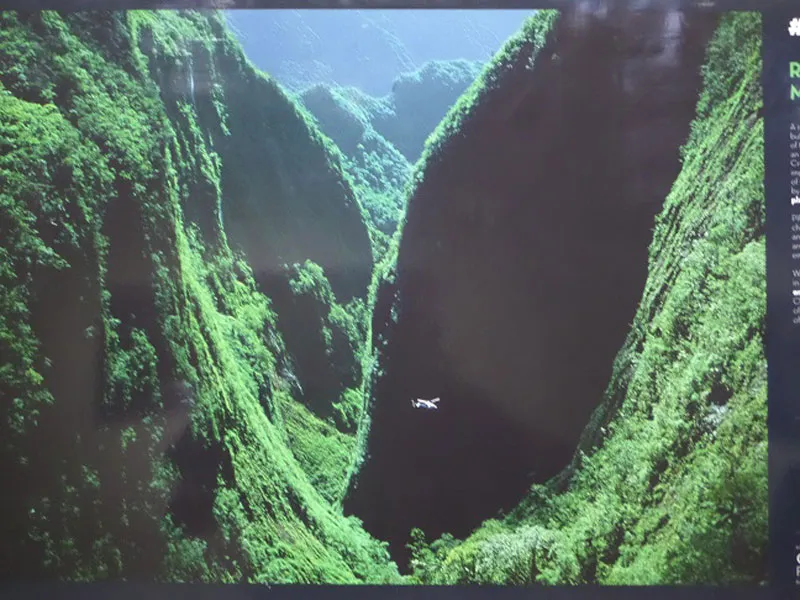
Reunion Island, Indian Ocean: Helicopters and small planes can be deployed for emergency relief in remote areas – but their scale and scope is limited.
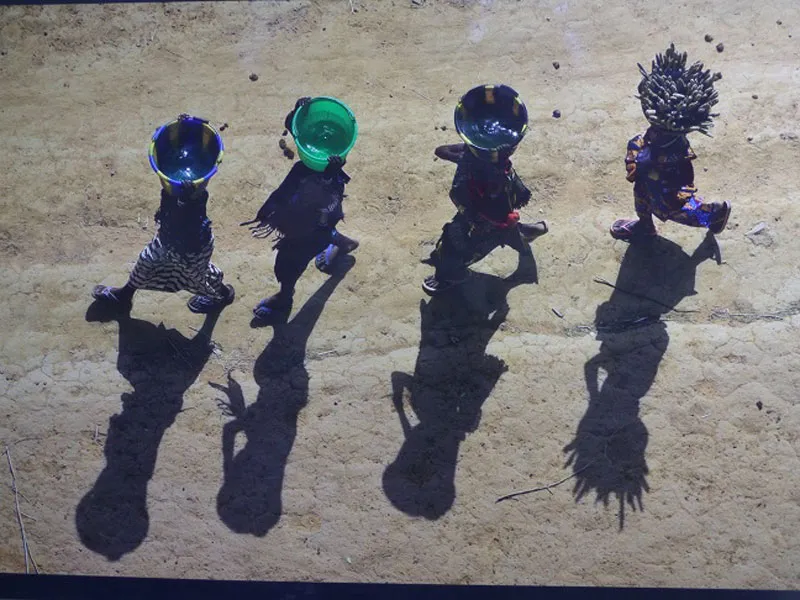
Human water couriers, Mali: In the absence of piped water systems, many women and children spend back-breaking hours in procuring water for domestic supply – how can water security and access be improved here?

Robeson Islands, Panama: Remote and low-lying islands face the greatest threat from rising waters due to global warming.
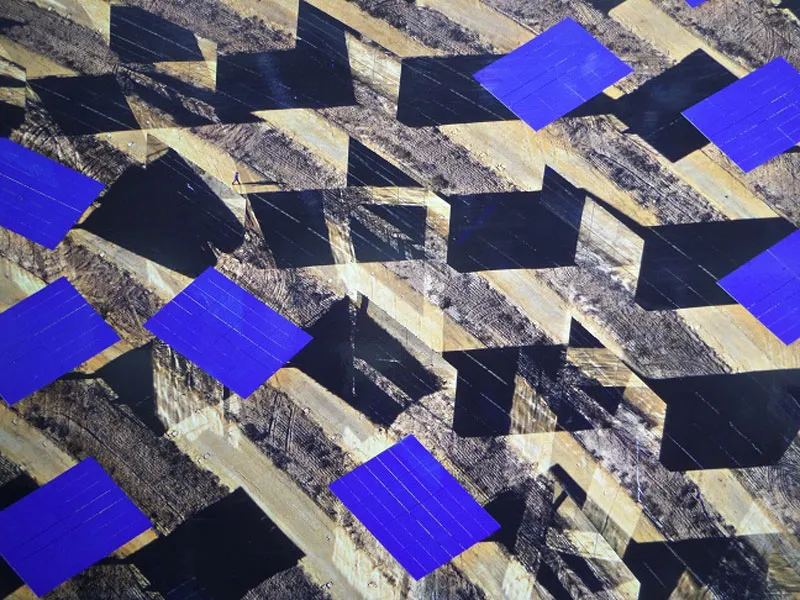
Here comes the sun: European countries like Spain are placing increasing emphasis on solar energy and cutting down on fossil fuels.

Offshore wind energy farm: Denmark now gets a third of its electricity from wind turbines.
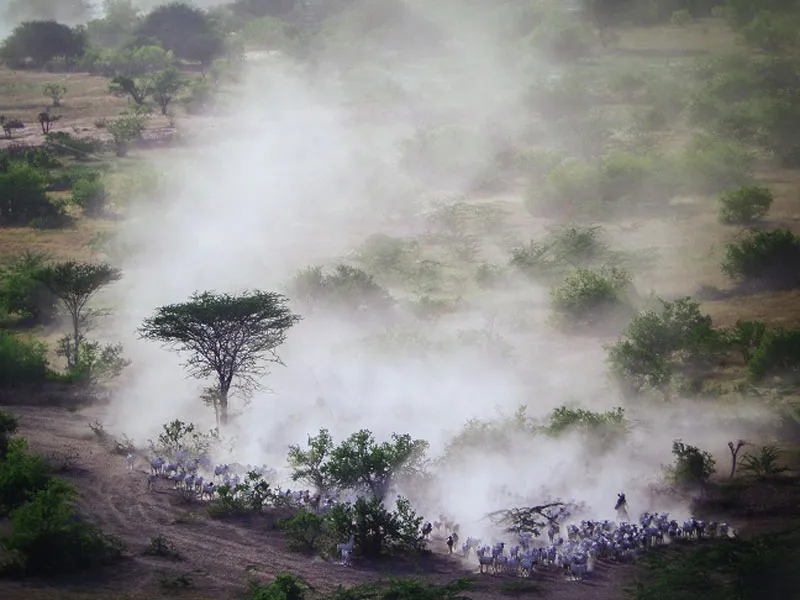
Gloom and dust: Increasing aridity from drought makes it tougher for rural workers in Kenya to make a livelihood from rearing cattle, sheep and goats.
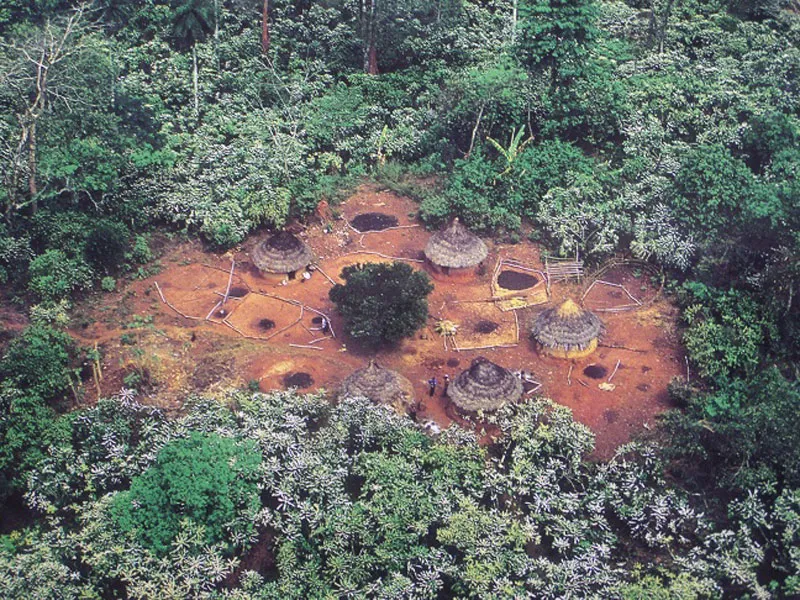
Deforestation, afforestation: New models of agricultural cultivation are being used in Madagascar to cultivate crops without excessive destruction of forest cover.
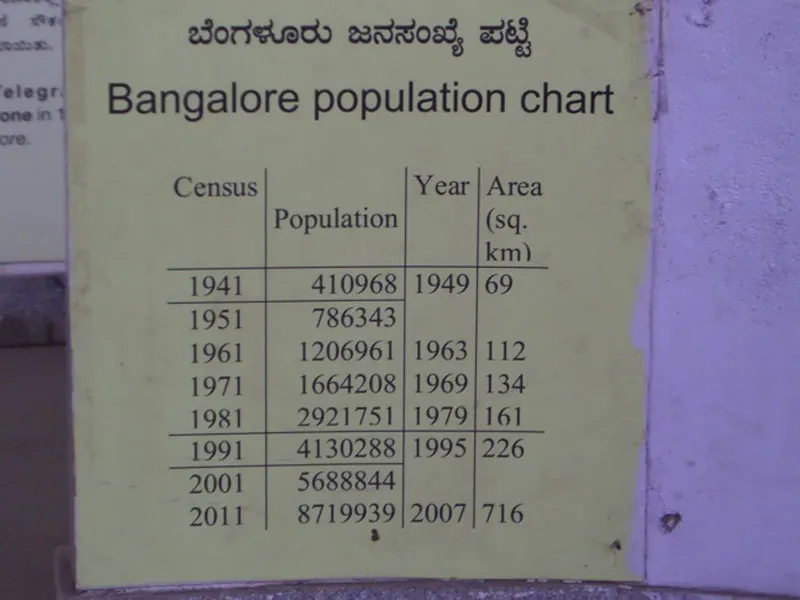
Urban blues: In 50 years, Bangalore’s population increased from around a million to nine million – how is this impacting our quality of life? What would this chart above say in 2021, 2031 and beyond?
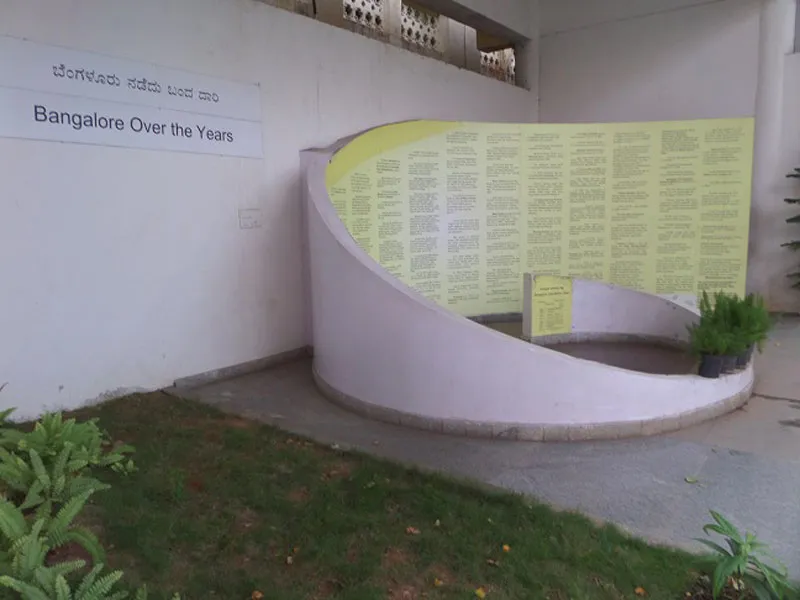
The story of a city: This visual installation, ‘Bangalore over the Years,’ uses the spiral model to capture the history and trajectory of the ever-growing opportunity – and challenge – in the city of Bangalore.
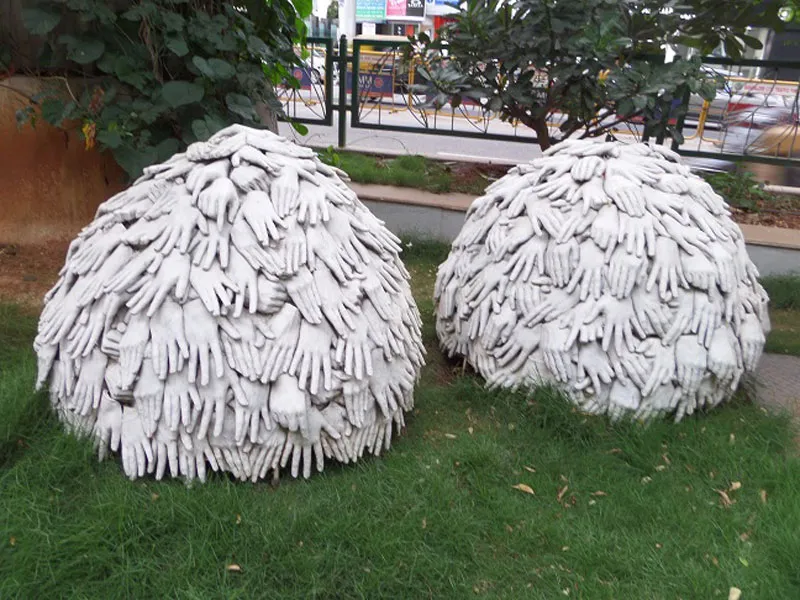
All hands on board: Sure, there are social and environmental problems galore – but together we can triumph! So what are you doing today to join hands and tackle climate change?
Got a creative photograph to share? Email us at PhotoSparks@YourStory.com!
See also the YourStory pocketbook ‘Proverbs and Quotes for Entrepreneurs: A World of Inspiration for Startups,’ accessible as apps for Apple and Android devices.


![[Photo Sparks] The AFD visual tour: how to use creative approaches to tackle climate change](https://images.yourstory.com/cs/wordpress/2015/09/AFD-visual-tour_feature.jpg?mode=crop&crop=faces&ar=2%3A1&format=auto&w=1920&q=75)




